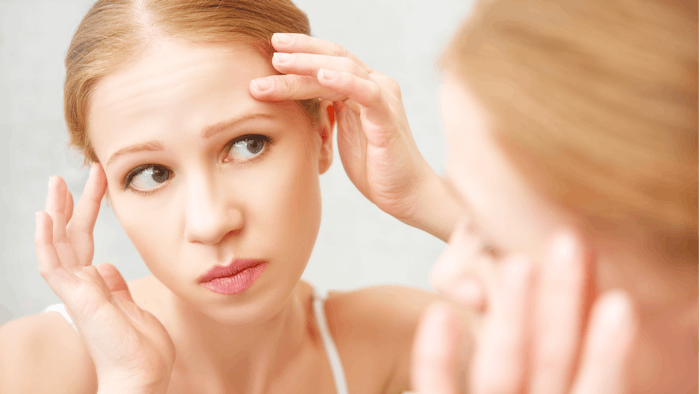
Polycystic ovary syndrome (PCOS) is a disorder that causes the ovaries to overproduce androgens—the main androgen hormones are testosterone and androstenedione—and high androgen levels can lead to several symptoms, including acne. An article from Very Well Health discussed what to look for in PCOS acne and how to treat it.
Related: Are Your Skin Care Products Working?
In people with ovaries, androgens are produced in the ovaries, adrenal glands and fat cells. An excess of androgen is a typical symptom of PCOS.
Overproduction of androgens can produce excess facial or body hair, acne, thinning hair, insulin resistance, acanthosis and irregular menstrual cycles. The stimulation of oil glands and hair follicles can cause breakouts and acne can sometimes become worse during menstrual cycles.
A healthcare provider diagnoses PCOS typically from symptoms and medical history, but can also perform a blood test or ultrasound to confirm the disorder.
Treating PCOS-related acne usually involves balancing hormone levels. Oral contraceptive pills (OCP) are a common initial treatment, but it is significant to take the combination pill instead of the minipill as estrogen can reduce the excess androgen symptoms.
Antiandrogens like Aldactone or Spironol are often times prescribed to target the side effects of excess androgens. Acne medications with benzoyl peroxide, azelaic acid and topical antibiotics can also be used in combination with PCOS treatments to target acne breakouts.










